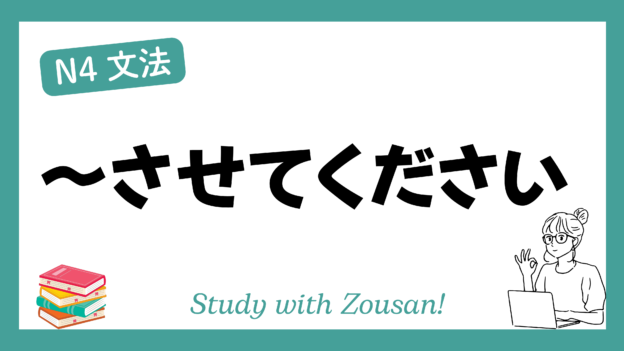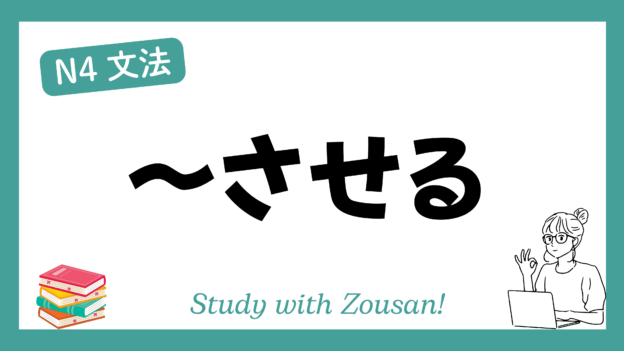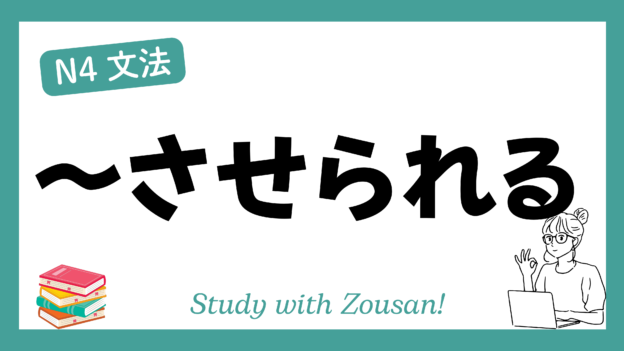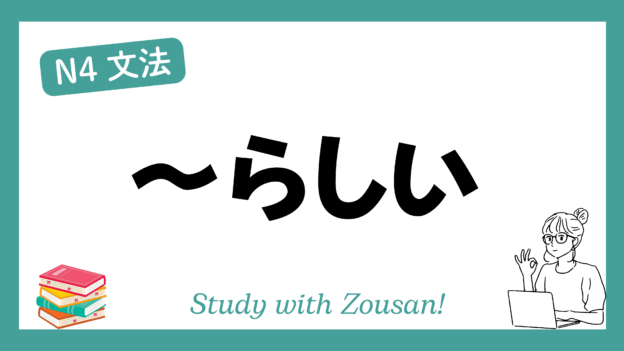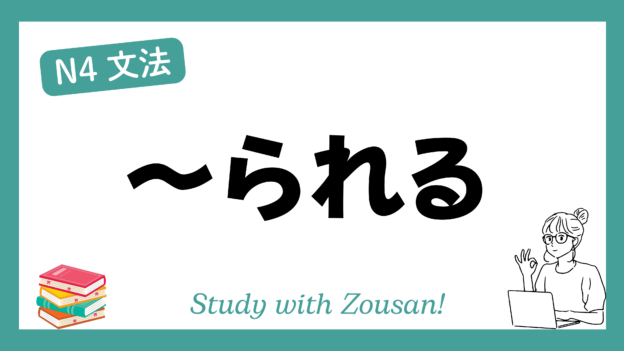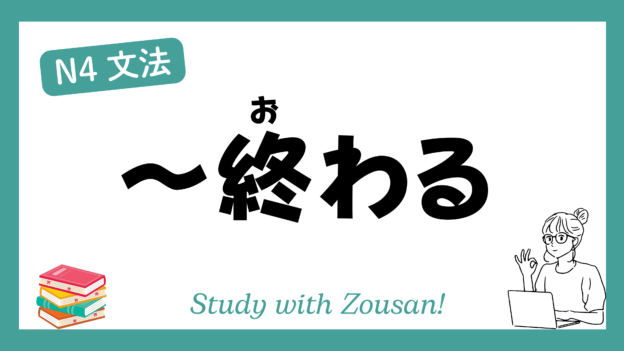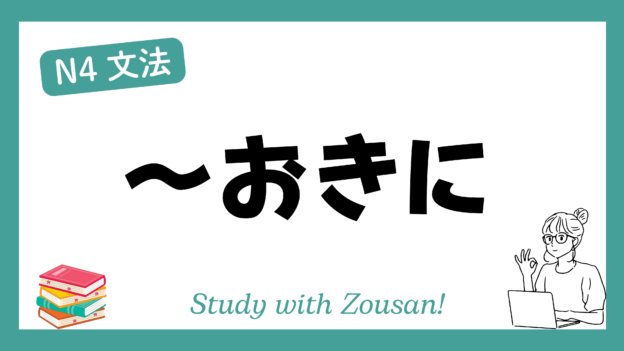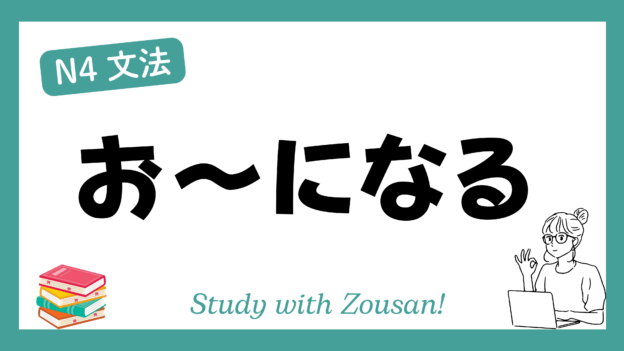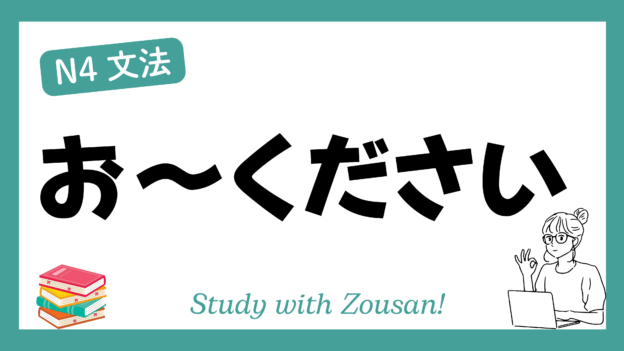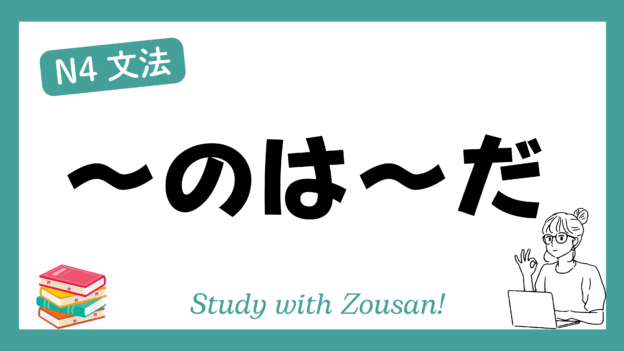Meaning: “Please allow me to…” / “Let me…”
~させてください is a structure used to politely request permission to perform an action. This structure conveys respect and politeness, often used in formal situations or when one wants to express a desire to act in a courteous manner.
※Note:
・~させてください is commonly used with verbs to express a polite request to be allowed to do something.
・This structure is used to express the speaker’s desire in a polite way, avoiding any sense of compulsion toward the listener.
・In casual speech, this can be shortened to ~させて.
Structure:
| Verb (causative て form) + ください |
Example:
-
-
-
🌟 少し休ませてください。
(すこし やすませて ください)
Please allow me to rest for a while. -
🌟 質問させてください。
(しつもん させて ください)
Please allow me to ask a question. -
🌟 もう一度説明させてください。
(もう いちど せつめい させて ください)
Please allow me to explain once more. -
🌟 今度のプロジェクトに参加させてください。
(こんど の プロジェクト に さんか させて ください)
Please let me participate in the next project. -
🌟 ここで写真を撮らせてください。
(ここ で しゃしん を とらせて ください)
Please allow me to take a photo here. -
🌟 私の意見を言わせてください。
(わたし の いけん を いわせて ください)
Please allow me to express my opinion. -
🌟 少し考えさせてください。
(すこし かんがえさせて ください)
Please let me think it over a bit. -
🌟 一緒に手伝わせてください。
(いっしょ に てつだわせて ください)
Please let me help together with you. -
🌟 会議に出席させてください。
(かいぎ に しゅっせき させて ください)
Please allow me to attend the meeting. -
🌟 この件について話させてください。
(この けん について はなさせて ください)
Please let me speak about this matter.
-
-


